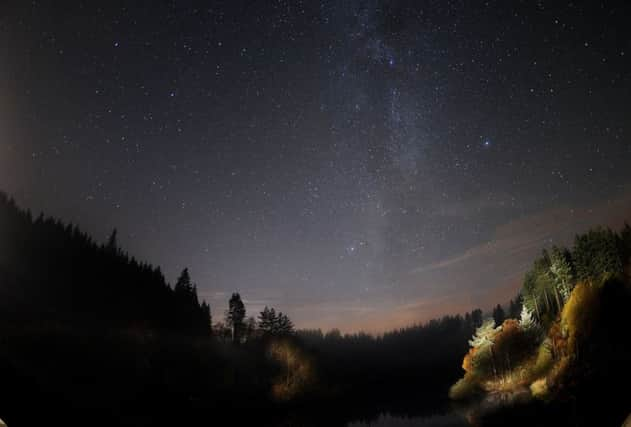Star turns: North's night skies put on a show


The new facility at Kielder Observatory, in Northumberland, will open to the public in early autumn after receiving National Lottery and EU funding.
Work will begin in the coming weeks on the £209,000 project in the protected “Dark Sky Park”, which witnesses exceptional starry nights.
Advertisement
Hide AdAdvertisement
Hide AdThe new observatory will feature a fully-automated telescope and a retractable roof.
It is located a few miles from the Scottish border, high upon Black Fell. The site was chosen as one of the spots in the UK with the least intrusive light pollution.
Kielder’s founder and lead astronomer Gary Fildes said: “This new observatory will enable the science team to provide even more resources to the community who visit us.”
The announcement coincides with this week’s Dark Skies Festival in the Yorkshire Dales and North York Moors national parks, which encourages people to foster an interest in astronomy.
Advertisement
Hide AdAdvertisement
Hide AdThe North York Moors has three sites, Danby, Sutton Bank and Dalby Forest, where the Milky Way is visible to the naked eye and up to 2,000 stars can be seen.
As part of the festival, a pop-up planetarium has been installed in an inflatable blimp at Danby.
In the Dales, Buckden, Hawes and Malham are renowned for their night views, and visitors are being taken on nightly trails at the Dales Countryside Museum in Hawes, to see how nocturnal animals have adapted to survive and hunt in the dark.
The event also features the unveiling of a half-tonne telescope which has been dismantled, transported 200 miles and rebuilt on a former dairy farm in North Yorkshire that includes stone circles and an Iron Age style round house.